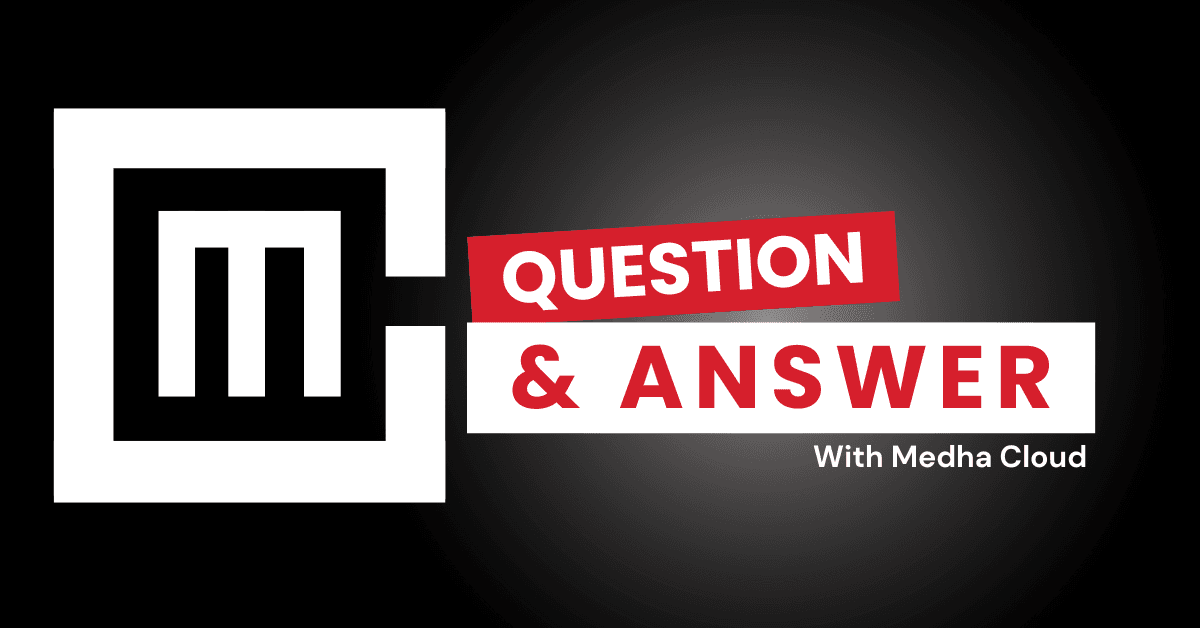Businesses monitor the quality of outsourced helpdesk support by tracking key performance indicators (KPIs), conducting regular performance reviews, gathering user feedback, and utilizing advanced monitoring tools. These methods ensure that the outsourced services meet the organization’s standards and expectations.
Key Methods for Monitoring Helpdesk Quality
Track Key Performance Indicators (KPIs)
Monitoring KPIs is essential to evaluate the effectiveness of outsourced helpdesk services. These metrics provide quantifiable data on various aspects of support performance.
- Response Time: Measures how quickly support agents respond to user inquiries.
- Resolution Time: Tracks the average time taken to resolve support tickets.
- First-Call Resolution Rate: Indicates the percentage of issues resolved during the first interaction.
- Customer Satisfaction (CSAT) Scores: Gauges user satisfaction with the support received.
- Ticket Volume: Monitors the number of support requests over a specific period.
Conduct Regular Performance Reviews
Regular reviews help assess the overall performance of the outsourced helpdesk and identify areas for improvement.
- Monthly Reports: Analyze monthly performance data to track progress and trends.
- Quarterly Meetings: Hold in-depth meetings with the service provider to discuss performance, challenges, and opportunities for enhancement.
- Annual Assessments: Conduct comprehensive evaluations annually to ensure long-term service quality and alignment with business goals.
Gather User Feedback
Collecting feedback from end-users provides valuable insights into the helpdesk’s performance and areas needing attention.
- Surveys and Questionnaires: Distribute regular surveys to gather user opinions on support quality and satisfaction.
- Focus Groups: Organize focus group discussions to obtain detailed feedback and suggestions from users.
- Direct Feedback Channels: Implement channels where users can provide real-time feedback on their support experiences.
Utilize Advanced Monitoring Tools
Advanced tools enable businesses to continuously monitor helpdesk activities and ensure compliance with service standards.
- Helpdesk Software Analytics: Use built-in analytics features to track ticket status, agent performance, and response times.
- Real-Time Dashboards: Access real-time dashboards for immediate visibility into support operations and performance metrics.
- Automated Alerts: Set up automated alerts for any deviations from predefined service levels, ensuring prompt corrective actions.
Best Practices for Effective Quality Monitoring
Establish Clear Service Level Agreements (SLAs)
Define clear SLAs to set expectations for both the business and the outsourced helpdesk provider.
- Define Metrics: Clearly outline the KPIs and performance standards expected from the helpdesk.
- Set Targets: Establish realistic targets for each KPI to guide performance evaluations.
- Regularly Update SLAs: Review and update SLAs periodically to reflect changing business needs and service expectations.
Implement Continuous Training and Development
Ensure that helpdesk agents are well-trained and continuously improving their skills.
- Regular Training Sessions: Conduct ongoing training to keep agents updated on the latest technologies and support techniques.
- Skill Assessments: Regularly assess agent skills to identify training needs and areas for development.
- Knowledge Base Updates: Keep the knowledge base current to help agents resolve issues more efficiently.
Foster Open Communication
Maintain open lines of communication with the outsourced provider to address issues promptly and collaboratively.
- Regular Check-Ins: Schedule frequent meetings to discuss performance, challenges, and strategies for improvement.
- Transparent Reporting: Ensure that the provider shares detailed reports and insights into helpdesk operations.
- Collaborative Problem-Solving: Work together with the provider to resolve any performance issues and implement effective solutions.
Leverage User-Centric Approaches
Focus on the user experience to drive quality improvements in helpdesk support.
- Personalized Support: Tailor support interactions to meet individual user needs and preferences.
- Proactive Support Initiatives: Implement proactive measures such as regular system checks and updates to prevent issues before they arise.
- User Empowerment: Provide users with self-service options and resources to resolve common issues independently.
Benefits of Monitoring Helpdesk Quality
Improved Service Quality
Continuous monitoring ensures that helpdesk services consistently meet high-quality standards, leading to better user experiences.
Higher User Satisfaction
Effective quality monitoring leads to quicker issue resolution and more reliable support, resulting in increased user satisfaction and loyalty.
Optimized Resource Allocation
Understanding helpdesk performance helps in allocating resources more efficiently, ensuring that support teams are adequately staffed and trained.
Data-Driven Decision Making
Access to detailed performance data enables informed decision-making, helping businesses identify trends, address challenges, and implement strategic improvements.
Conclusion
Monitoring the quality of outsourced helpdesk support is crucial for ensuring that IT support services meet organizational standards and user expectations. By tracking key performance indicators, conducting regular performance reviews, gathering user feedback, and utilizing advanced monitoring tools, businesses can maintain high service quality and enhance overall operational efficiency.
Are You Ready to Optimize Your IT Helpdesk Support?
Medha Cloud offers comprehensive white-label IT helpdesk outsourcing services designed to meet your business needs. Our expert team ensures high-quality support through effective monitoring and continuous improvement strategies, allowing you to focus on growing your business and enhancing client satisfaction.


